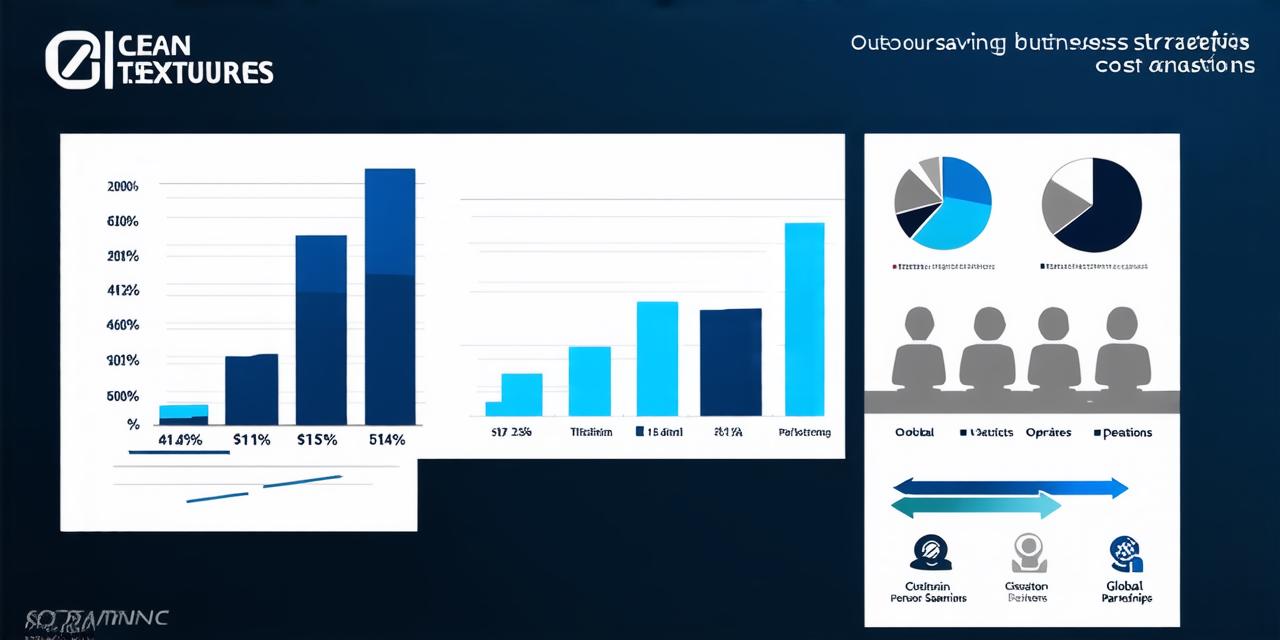What are outsourcing strategies
BlogTable of Contents
ToggleThe Benefits of Outsourcing
Before we dive into the different types of outsourcing strategies, let’s first understand why outsourcing is beneficial for businesses. Here are some key advantages:
Cost Savings
One of the primary benefits of outsourcing is cost savings. By delegating tasks to third-party companies or individuals, businesses can reduce their overhead costs and save money on salaries, benefits, and office space. Additionally, outsourcing can lead to lower production costs by taking advantage of offshore labor markets with lower wage rates.
Expertise and Knowledge
Outsourcing also provides access to expertise and knowledge that may not be available in-house. Third-party companies often specialize in specific areas and have a deep understanding of industry best practices and trends. This can help businesses gain insights and develop innovative solutions.
Time Savings
By delegating tasks to outsourcers, businesses can free up time and resources to focus on their core competencies. Outsourcing non-core activities such as accounting, customer service, and IT support can save businesses valuable time that can be used for strategic planning, product development, and marketing.
Scalability
Outsourcing also allows businesses to scale up or down quickly in response to changes in demand. For example, during peak seasons, a business may outsource additional resources to handle increased production or customer service requests. During slow periods, the business can reduce its outsourcing activities and focus on core operations.
The Different Types of Outsourcing Strategies
1. Offshore Outsourcing
Offshore outsourcing involves delegating tasks to companies or individuals located in different countries. This approach is often used for cost savings, as labor costs in offshore markets are typically lower than in developed countries. However, offshore outsourcing can also be more challenging due to language and cultural barriers, time zone differences, and communication issues.
2. Nearshoring
Nearshoring involves delegating tasks to companies or individuals located in nearby countries with similar cultures and languages. This approach is often used for cost savings and to take advantage of skilled labor markets. Nearshore outsourcing can also reduce communication barriers, as language and cultural differences are fewer than offshore outsourcing.
3. Onshoring

Onshoring involves delegating tasks to companies or individuals located within the same country as the business. This approach is often used for quality assurance, as businesses can have direct oversight of the outsourcing activities. However, onshoring can also be more expensive than offshore and nearshore outsourcing due to higher labor costs in developed countries.
4. Shared Services
Shared services involve setting up a separate department or unit within an organization that provides services to multiple business units or departments. This approach is often used for cost savings, as the shared services unit can operate more efficiently than individual departments. However, shared services can also be challenging due to coordination and communication issues.
5. Outsourcing Platforms
Outsourcing platforms involve using online marketplaces or platforms to connect businesses with outsourcing providers. This approach is often used for cost savings, as businesses can access a wide range of providers and compare prices and services. However, outsourcing platforms can also be more challenging due to quality assurance and security concerns.
How to Choose the Right Outsourcing Strategy
1. Define Your Goals and Objectives
The first step in choosing an outsourcing strategy is to define your goals and objectives. What do you hope to achieve through outsourcing? Are you looking to reduce costs, gain expertise, or improve efficiency? Once you have defined your goals and objectives, you can choose an outsourcing strategy that aligns with them.
2. Assess Your Internal Capabilities
The second step is to assess your internal capabilities. What skills and resources do you have in-house? What tasks can be delegated to outsourcers, and what tasks require in-house expertise? By assessing your internal capabilities, you can choose an outsourcing strategy that leverages your strengths and addresses your weaknesses.
3. Evaluate the Market
The third step is to evaluate the market. What providers are available in your industry, and what services do they offer? What are their pricing models, and how do they compare to each other? By evaluating the market, you can choose an outsourcing strategy that provides the best value for money.
4. Consider Risk and Compliance
The fourth step is to consider risk and compliance. What risks does outsourcing pose to your business, and how can you mitigate them? What compliance requirements do you need to adhere to, and how can you ensure that your outsourcing providers meet these requirements? By considering risk and compliance, you can choose an outsourcing strategy that is both effective and responsible.
5. Test and Iterate
Finally, it’s important to test and iterate. Once you have chosen an outsourcing strategy, it’s essential to test it thoroughly and monitor its performance regularly. If the strategy is not achieving your goals, it may be necessary to adjust or even change it. By testing and iterating, you can optimize your outsourcing strategy over time.
Real-Life Examples of Outsourcing Strategies in Action
1. Walmart’s Offshore Outsourcing Strategy
Walmart is a well-known example of a company that has successfully implemented an offshore outsourcing strategy. The company has outsourced various tasks to third-party providers in countries such as China, India, and the Philippines. By delegating tasks to offshore providers, Walmart has been able to reduce its overhead costs and improve efficiency. However, this approach has also faced challenges, such as language and cultural barriers, time zone differences, and communication issues.
2. McDonald’s Nearshoring Strategy
McDonald’s is another example of a company that has successfully implemented a nearshoring strategy. The company has outsourced various tasks to providers in countries such as Mexico and Brazil, which are located close to the United States. By delegating
